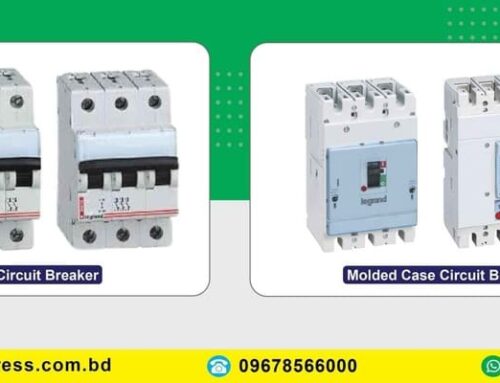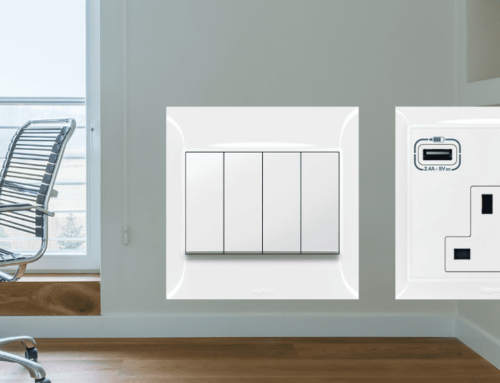Surge protection devices (SPDs) are essential components in safeguarding your electronic devices and appliances from power surges. These surges can occur due to lightning strikes, power outages, or fluctuations in the electrical grid. Without proper protection, these surges can cause irreparable damage to your valuable equipment.
An SPD works by diverting excess voltage away from your devices, ensuring that only the required amount of electricity reaches them. This prevents any potential damage caused by sudden spikes in voltage.
There are different types of surge protection devices available, including whole-house surge protectors, power strip surge protectors, and individual device surge protectors. Whole-house surge protectors are installed at your main electrical panel and provide protection for all the devices connected to your home’s electrical system. Power strip surge protectors are more portable and can be used to protect multiple devices in a specific area. Individual device surge protectors are designed for specific devices, such as computers or televisions.
When choosing an SPD, consider factors such as the clamping voltage, response time, and joule rating. The clamping voltage is the maximum voltage that the SPD allows to pass through to your devices. A lower clamping voltage provides better protection. The response time refers to how quickly the SPD reacts to a surge, and a shorter response time is preferable. The joule rating indicates the amount of energy the SPD can absorb before it needs to be replaced.
Remember to regularly check and replace your surge protection devices as they can wear out over time. It’s also important to note that surge protection devices do not guarantee 100% protection, but they significantly reduce the risk of damage caused by power surges.
Investing in surge protection devices is a wise decision to protect your valuable electronics and appliances from potential damage. With the right SPD in place, you can have peace of mind knowing that your devices are safe from power surges.





Leave A Comment
You must be logged in to post a comment.